Let’s talk about size. Card size. Magic cards. I’ve been tossing, sleeving, double-sleeving, and occasionally rescuing them from spilled soda for over a decade. So when people ask me about “mtg card size,” I don’t have to Google it. I’ve lived it. In my experience, getting the basics right—Magic: The Gathering card dimensions, standard card size in inches and millimeters, sleeve fit, thickness, all that—saves a lot of money and a lot of face-palming. And yes, I’ll drop “mtg card size” right up top like a polite person. It’s 63 x 88 millimeters, or 2.5 x 3.5 inches. That’s the headline. But the real story is what that size does to sleeves, shuffling, binders, printing proxies, and your sanity.
So, how big is a Magic card, really?
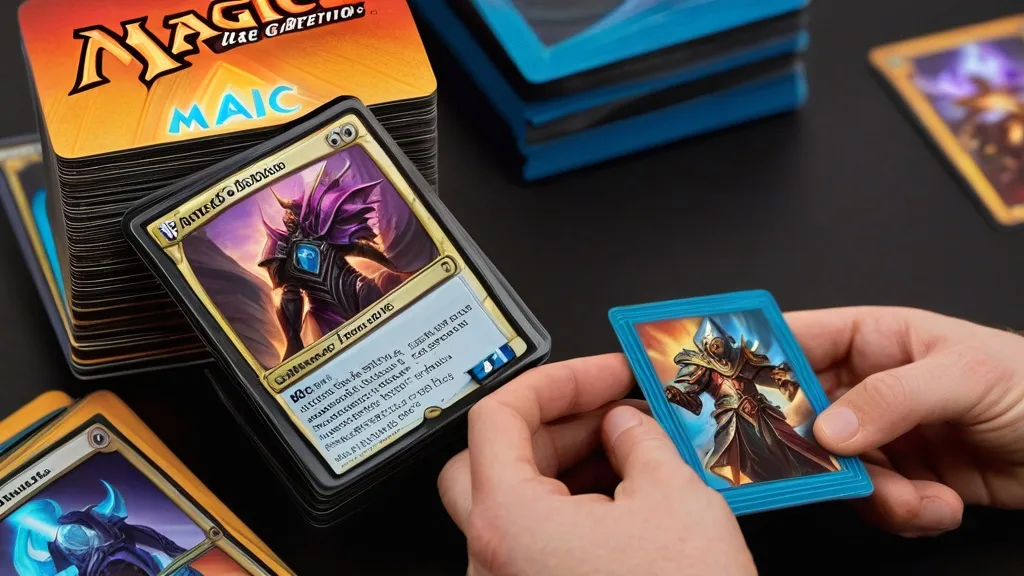
Short answer: the same as a standard poker card. That’s not a metaphor. It’s literally the same footprint as many playing cards. Magic just adds a black core layer and some durable coatings so the card isn’t transparent and doesn’t feel like a grocery receipt.
I’ve always found that putting the numbers in a simple chart helps, because otherwise people start eyeballing with a ruler and down that road lies chaos.
| Thing | Inches | Millimeters | Notes |
|---|---|---|---|
| Magic card width | 2.50 in | 63 mm | Same as poker size |
| Magic card height | 3.50 in | 88 mm | Standard for most TCGs |
| Approx. thickness | ~0.012 in | ~305 μm | Varies slightly by set/finish |
| Corner radius | ~1/8 in | ~3 mm | Rounded to save sleeves from death |
That’s the baseline. From there, everything else—sleeves, top loaders, binders, perfect fits—either hugs that size or fights it. Usually both.
Why size even matters (and how I learned the hard way)
I once brought an entire cube to a draft in sleeves that were just a hair too tight. You’ve never heard 540 cards scream until you try to do pile shuffling and they feel like plastic-wrapped cheese slices. That’s when you start to respect tolerances. Microns matter. So do corners.
- Shuffling: Too tight = sticky piles. Too loose = cards click and catch, and you get edge wear.
- Protection: A good sleeve fits the card’s 63 x 88 mm shape cleanly and gives room for air to escape.
- Storage: Deck boxes, binders, and 9-pocket pages are designed for standard trading card size—not your random postcard from 2008.
- Grading/slabs: PSA, BGS, CGC slabs are built for standard TCG dimensions. You don’t wedge, you glide.
Sleeve science: single, double, perfect fit, and the “why is this cloudy?” question
Over the years I’ve tried most sleeves on this green earth. Penny sleeves that feel like cling film. Premium matte sleeves that shuffle like butter. Inner sleeves that make you wonder if the card was always that thick. Here’s the quick-and-dirty rundown that keeps me sane.
| Sleeve Type | Typical Size (mm) | Typical Thickness | Use Case | Notes |
|---|---|---|---|---|
| Standard outer sleeve | 66 x 91 | 90–120 μm | Main play sleeves | Room for single-sleeving; double-sleeve with slim inners |
| Inner “perfect fit” | 64 x 89 (snug) | 40–60 μm | Double-sleeving | Insert from top or bottom; choose orientation to block dust |
| Penny sleeves | 67 x 92 | 40–50 μm | Temporary storage | Loose fit; not great for play |
| Toploader | 3 in x 4 in | Rigid PVC/PP | Mailing, display | Use with a penny sleeve inside |
| Magnetic “One-Touch” | For standard cards | Rigid | Showcase foils | Not tournament-legal for play (obviously) |
If you’re new to this, here’s my blunt take: double-sleeve anything you love or anything with a price tag that makes you say “yikes.” Single-sleeve the bulk. Matte backs for gameplay. Glossy only if you like fingerprints and glare. And if you want a rabbit hole, read up on card sleeves and their materials. Polypropylene vs PET. It gets nerdy fast.
Oversized, tokens, emblems, and those weird plane cards
Magic has the standard size, yes—but it also likes chaos. Oversized Commander cards (old precon displays), Planechase cards, Archenemy schemes—they’re bigger. Tokens and emblems? Same as normal. Box toppers? Usually standard. I keep the oddball stuff in a separate binder because nothing kills a nice 9-pocket layout like one rebellious card being twice the size of everyone else.
- Tokens: Standard size. Sleeve them if you’re fussy or if they get shuffled in (it happens).
- Emblems: Standard size. Rarely shuffled, often forgotten in your deck box.
- Oversized promos: Not for play. Display pieces. Look great, refuse to fit anywhere.
- Planechase/Archenemy: Big cards. Fun chaos. Use a bigger sleeve or a hard case.
Printing proxies or testing cards? Here’s the calm, practical section
I’m not telling you to print anything. I’m telling you that test cards for cube or casual play are fine in many groups when the real card is in a sleeve behind it. Don’t be weird about it. And if you’re printing, size and bleed matter. I’ve wasted hours with a home printer trying to get borders to not look like a drifting iceberg.
| Setting | Value | Why |
|---|---|---|
| Target size | 2.50 x 3.50 in (63 x 88 mm) | Matches real card dimensions |
| Resolution | 300 DPI minimum | Crisp text and symbols |
| Bleed (print) | 0.125 in (3.2 mm) on all sides | Trim safety so borders aren’t uneven |
| Safe area | Keep key text 0.1 in from edge | Avoid trimming off mana symbols/text |
| Paper | 200–300 gsm matte | Sturdy, not glossy glare-city |
Pro tip I learned after ruining a sheet: print a test on plain paper, sleeve it in front of a real card, and check the fit. If the frame looks wrong, adjust scaling by 1–2% in your printer dialog. Tiny tweaks. Don’t nuke it by 10% and wonder why your card looks like a postcard.
Tolerances, miscuts, and why collectors lose their minds over 1 mm
Factory cutting isn’t perfect. I’ve pulled miscut cards with borders thicker on one side, or even a sliver of the next card showing. Some people pay money for that. I get it. It’s like the coin collectors who pine for the off-center strike. If you care about grading, centering and edges matter—so storing cards in clean, properly sized sleeves from day one helps. A loose sleeve scrapes edges over time. A too-tight sleeve torques the corners. You can’t win, but you can minimize the drama.
Magic vs other card games (and why this trips people up)
Most modern trading card games are either “standard size” like Magic and Pokémon, or “small size” like Yu-Gi-Oh. Standard is 63 x 88 mm. Yugioh is smaller, around 59 x 86 mm. So if your sleeves say “Standard,” you’re fine for Magic, Pokémon, and usually Lorcana. If your sleeves say “Japanese size” or “Yu-Gi-Oh size,” they’ll be too small for Magic and you’ll cry a little.
- Magic: standard size, obviously. Here’s the root of the hobby if you want a primer: Magic: The Gathering.
- Pokémon: also standard size. Plays nice with your Magic sleeves.
- Yu-Gi-Oh: smaller. Needs different sleeves. Don’t force it.
- Lorcana: standard size. If you’re into that, I wrote about the Disney Lorcana rarity chart, codes, tiers and pull rates too.
For a broader look at collectible cardboard, the history and structure of trading cards and even old-school playing cards is surprisingly fun. Yes, I’m the person who reads that stuff and then ruins game night with trivia like “did you know about the French vs English suit systems?” I contain multitudes.
Storage and transport: binders, boxes, and the weird science of foil curl
I have done the binder shuffle more times than I can count. The best fit for Magic is a 9-pocket page designed for standard trading cards. Side-loading pages help keep cards from sliding out. Top-loading pages are fine if your binder lives on a shelf and never moves. Deck boxes? Pick ones that match sleeved dimensions, not raw card size. Inner sleeve plus outer sleeve increases thickness, which changes how many fit in a box. Ask my busted latch from 2017 about that.
- 9-pocket pages: standard size. Side-load > top-load for travel.
- Binders: D-rings crush less than O-rings. I will die on this hill.
- Deck boxes: check capacity in “double-sleeved cards.” Manufacturers love optimism.
- Humidity control: keep silica gel packets. Foils will curl if you look at them wrong.
Foil curl happens because the layers in the card respond to humidity differently. A foiled card is basically a little sandwich with a shiny layer, and that layer doesn’t expand or contract at the same rate as paper. Store them in a stable, dry place. And if you’re picky about flatness, double-sleeve and use tight rows in a storage box so they press gently against each other. Gentle. Not compressed into lasagna.
Quick nerd corner: GSM, caliper, and the black core
What I think is interesting—yes, I’m that person—is the guts of the card. Magic cards use multi-ply paper stock with a black core. That black core stops light from passing through, which is why you can’t see the card’s identity through the back (unless you’re dealing with a damaged card and strong backlighting, in which case, please re-sleeve). The thickness is often around 0.012 inches, which is roughly 12-point caliper. The paper weight floats around 300 gsm, give or take. Feels crisp. Not floppy. If you’ve ever handled super cheap no-name trading cards, you know the “floppy” I mean.
Corners, edges, and why your printer’s “fit to page” button is evil
Rounding matters. Magic’s corner radius is around 3 mm. Use that when you trim test prints—there are corner rounders sold for crafts that do 3 mm and 5 mm. Get the 3 mm one. I made a proxy batch with 5 mm corners once. They looked like someone melted them.
And please, please, never “fit to page” when printing card sheets. That button is like a joker in disguise. It scales your careful 63 x 88 mm out of existence and you end up with a deck that’s 2% off. That 2% shows up the moment you mix them with real cards. Ask me how I know. (I know because I lost a game to my own test card slipping out of the sleeve.)
Where size meets gameplay, lore, and my sanity
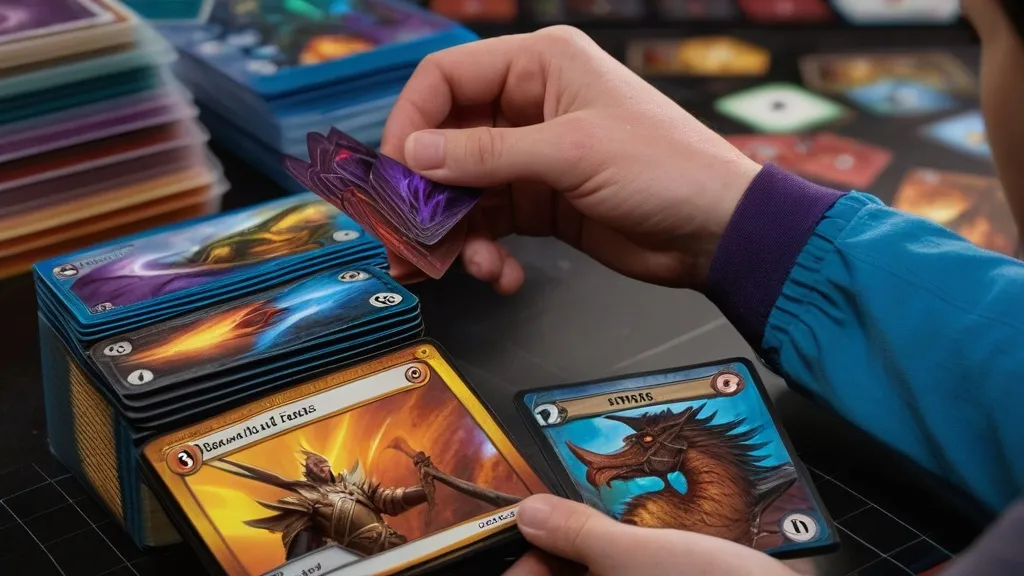
In my experience, the physical size of the card affects more than storage. It affects how fast you can fan a hand, how easy it is to read micro text, how your playmat space gets used. The 63 x 88 mm footprint is a sweet spot. You can fit lands, spells, tokens, dice, and your trademark coffee cup. Barely. If you enjoy lore deep dives, I’ve got a whole corner where I ramble about game lore that probably started because I was reorganizing a binder and found an old flavor text that still slaps.
Want more related rabbit holes?
When I’m not sizing sleeves or arguing about print runs, I’m writing RPG reviews, hacking together adventure guides for tabletop groups, and posting step-by-step walkthroughs for games I swore I was done with at 2 a.m. Somehow it all loops back to cardboard rectangles.
The “am I overthinking mtg card size?” checkpoint
Maybe. But being precise saves money. Sleeve fit impacts durability. Binder choice stops edge chipping. Cut and bleed protect your test prints. And if you’re selling or grading, dimensions are non-negotiable. So yeah, measure once, buy sleeves once. Not three times like I did during the Great Matte Sleeve Crisis of 2019. I still have teal sleeves haunting a drawer.
A little history detour (because I can’t help myself)
If you’re the curious type, reading about the evolution of playing cards and standardized sizes is weirdly calming. You can also dive into the general concept of a trading card—from sports to TCGs—and see how we ended up with 63 x 88 mm as the happy middle. It’s not random; it’s ergonomic. Fits the human hand. Fits a pocket. Doesn’t explode a wallet. The boring answer is, basically, it worked and we stuck with it.
Common size gotchas (aka the stuff I messed up so you don’t have to)
- Buying “Japanese size” sleeves for Magic. Too small. Set those aside for Yu-Gi-Oh friends or craft projects.
- Mixing matte and glossy sleeves in one deck. You will be that person at FNM. Don’t.
- Putting double-sleeved decks in boxes meant for single-sleeved. Lids pop. Cards scatter. Cats help.
- Printing without bleed. Margins shift in the real world. Give yourself room.
- Forgetting corner rounding on test cards. Feels wrong in the hand; looks off at a glance.
Quick reference mini-table (because your future self will thank you)
| Item | Size | Buy/Use Tip |
|---|---|---|
| Magic card | 63 x 88 mm | Standard “poker” size |
| Outer sleeve | 66 x 91 mm | Matte for play, glossy for show |
| Inner sleeve | 64 x 89 mm | For double-sleeving |
| Toploader | 3 x 4 in | Penny sleeve inside to protect surface |
| 9-pocket page | Standard card pockets | Side-load for travel |
Random notes I scribbled over the years
- Cutting tools: a good rotary trimmer beats scissors for clean edges.
- Matte sleeves hide tiny edge whitening better.
- Foil cards and humidity are frenemies. Use a dry box if you can.
- Shuffle variety: mash-shuffle for sleeved decks, riffle only if you like pain.
- Always bring extra sleeves. Someone will split one mid-match. Probably me.
Oh—and if you’re the type that likes history sources with big words, there’s always Britannica on playing cards. It’s buttoned-up, but useful. Meanwhile, if you want to argue with me about corner radii, you know where to find me. I’ll be at a table with a playmat, a half-sorted binder, and an opinion about everything.
By the way, if you love digging into how games feel and read on the table, not just how they play, my long rambles on game lore and the occasional side-step into system guides over in adventure guides might be your thing. And I sneak in plenty of crunchy bits in my RPG reviews and even a few obsessively detailed walkthroughs. It’s all connected. Cardboard, dice, pixels. Same brain rot.
Anyway. If you take nothing else from my rambling: the standard Magic card is 63 x 88 mm, your sleeves should respect that, and your printer is not your friend unless you tame it. I’ve said “mtg card size” twice now which feels like summoning a spirit, so I’ll stop before a third one shows up and demands a sideboard guide.
FAQ (stuff people ask me in DMs, stores, and during draft picks)
- Are Magic cards the same size as poker cards? Yep. 2.5 x 3.5 inches. Same footprint as standard poker cards. Handy for sleeves and binders made for “standard size.”
- Can I use Yu-Gi-Oh sleeves for Magic? No. Those are smaller (Japanese size). Your Magic cards won’t fit. Get standard size sleeves marked 66 x 91 mm.
- What’s the best way to double-sleeve? Inner sleeve (64 x 89 mm) first, either top-load or bottom-load, then standard outer sleeve. I prefer inner from the bottom, outer from the top, so dust and moisture have a harder path in.
- Why do my foils curl? Different layers react to humidity. Keep them dry, use double sleeves, and store them in tight rows or in binders with good page tension.
- Is there any official doc on sizes? The community standard references the same 63 x 88 mm you’ll see across TCGs. You can read more general background on trading cards and the roots in playing cards. For Magic-specific lore, the Magic: The Gathering page is a decent starting hub.
And that’s probably more than you wanted to know. But hey, if you’ve read this far, you’re my kind of person. Now excuse me while I reorder sleeves again because the “new formula” feels off by, like, one micron. Classic.

Thomas Hill: Your guide to epic adventures. I cover RPG Reviews, Walkthroughs, Game Lore, and Open World Rankings. Ready for your next quest?

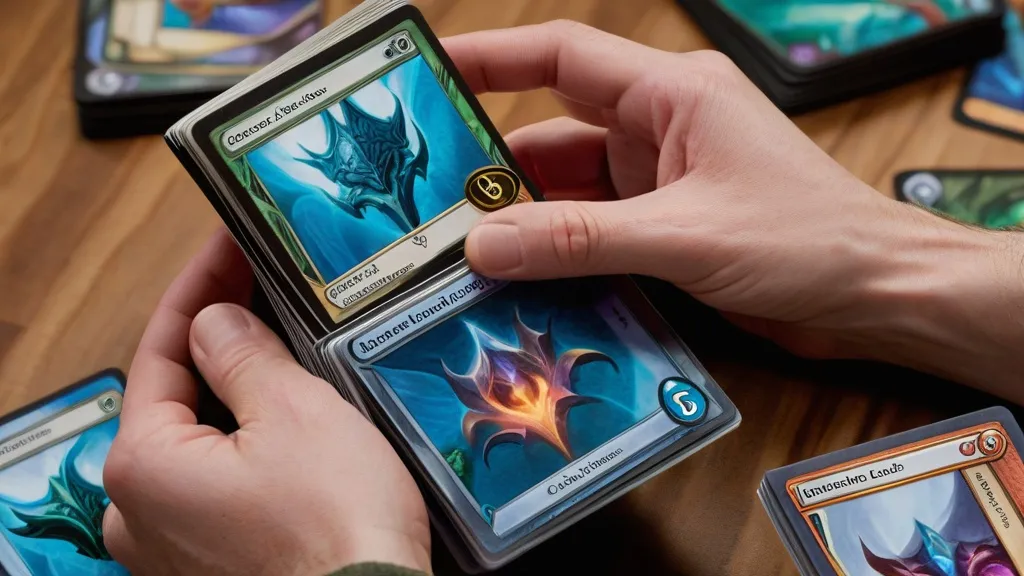
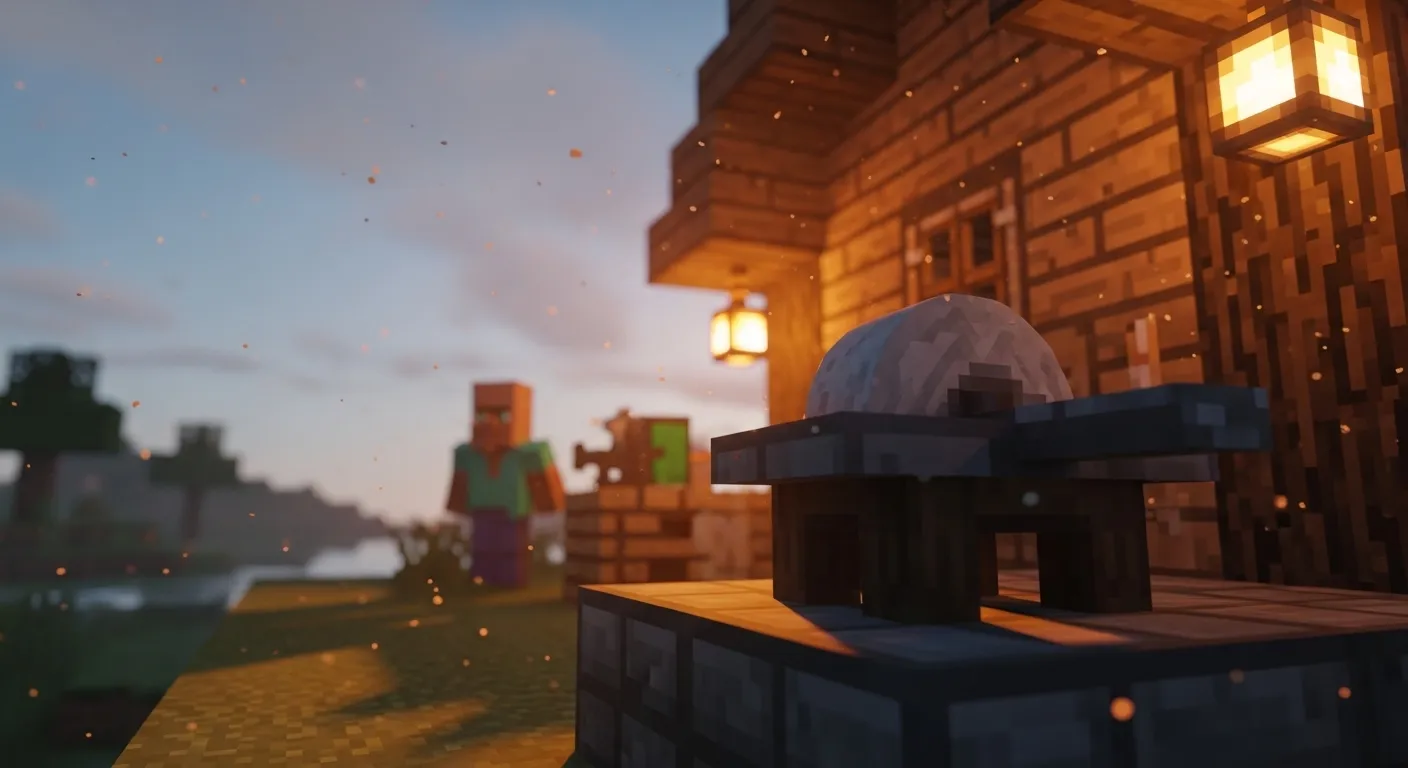
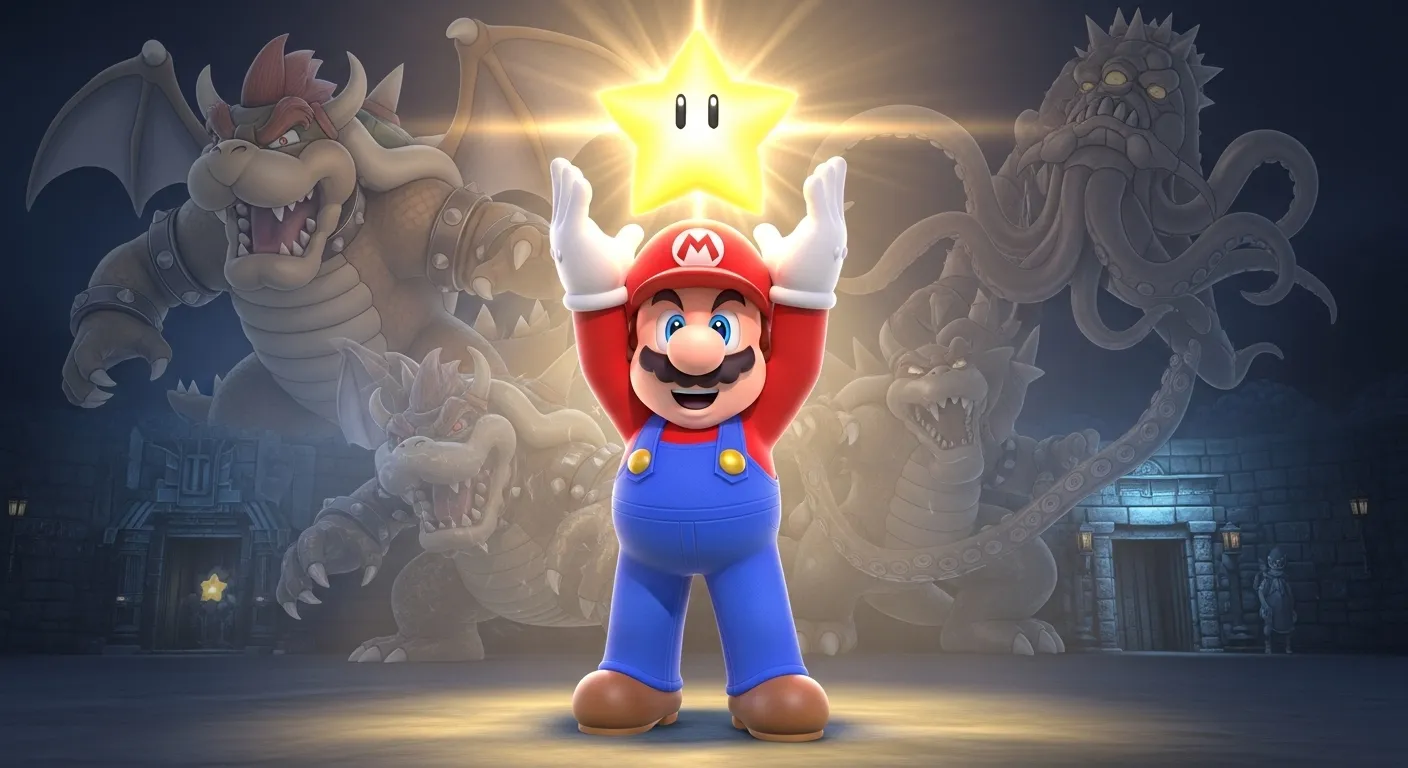
This article provides valuable insight into the importance of card size for sleeves, shuffling, and storage. Great read!
This article gives a whole new meaning to ‘card size matters’ – love the sleeve science breakdown!
How can I prevent my sleeves from causing sticky piles while shuffling?